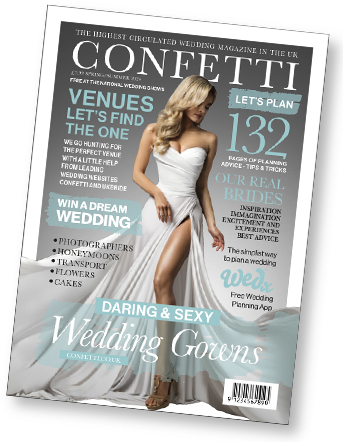What exactly do pageboys do? And where did these traditions come from?

“Pageboy” is a term often found in Europe that encompasses the duties of ring bearer, coin bearer, and train bearer (but they don’t have to be boys). It’s a fantastic way to include the younger family members and make them look adorable while doing so as they bounce up the aisle, at the head of the bridal procession, looking like the groom’s personal Mini-Me. They are mostly of some relation, and in the same age range, as the petal-wielding flower girls and might even share a dance with them at the reception.
Traditionally, ring bearers are put in charge of the white satin pillow on which the wedding rings are kept. Usually the rings upon the pillow are only imitation rings, since the real ones are kept in the safe hands of the best man, but if the rings on the cushion are real they’re usually loosely fixed onto the cushion with a bit of thread to avoid them getting lost.
Train bearers usually come in pairs; they carry and arrange the bride’s dress train. This was far more common years ago when the bride’s dress was long, but with the changing fashion there has been declining need for them.
Coin bearers hold the pillow, on top of which are are coins of silver and gold. This wedding ceremony is typically found in Roman Catholic weddings, but has expanded into other Christian weddings. There are thirteen coins representing Jesus and his Disciples (which are usually passed down through a generation) decorated in various ways. The priest blesses the coins for prosperity and gives them to the groom, who in turn gives them to his bride to reflect a sharing of responsibility. This is sometimes seen as testament to the past, when the man was the breadwinner of the family while the woman looked after the home and any children. The Wedding Coins are usually called “wedding arrhae.” And they are sometimes called “unity coins” because of combined silver and gold—as they unite, so too do the bride and groom.
Ring bearers go back to ancient times—some people believe that young boys in Ancient Egypt carried precious jewels on pillows down the aisle at weddings. Back then pillows were a luxury. Other people say they go back to medieval times, specifically in Northern Europe, when the ring was presented to the bride on the tip of a sword. This served as a reminder of the great commitment of marriage, and the punishment for infidelity. (These ring bearers were not children.). Many people however tend to look to Victorian England for the root of modern pageboys. The boy, often dressed in the likeness of the groom, would carry the bride’s train and prayer book. But if the bride’s dress train was short he would instead be the ring bearer. The custom of Wedding Coins is believed to have been started by Spanish colonists.
Nowadays, there is far more leeway with pageboys (girls are, a lot of the time, used instead of boys) unless you wish to go all traditional. Some have been known to carry scrolls of “Here Comes the Bride”.


